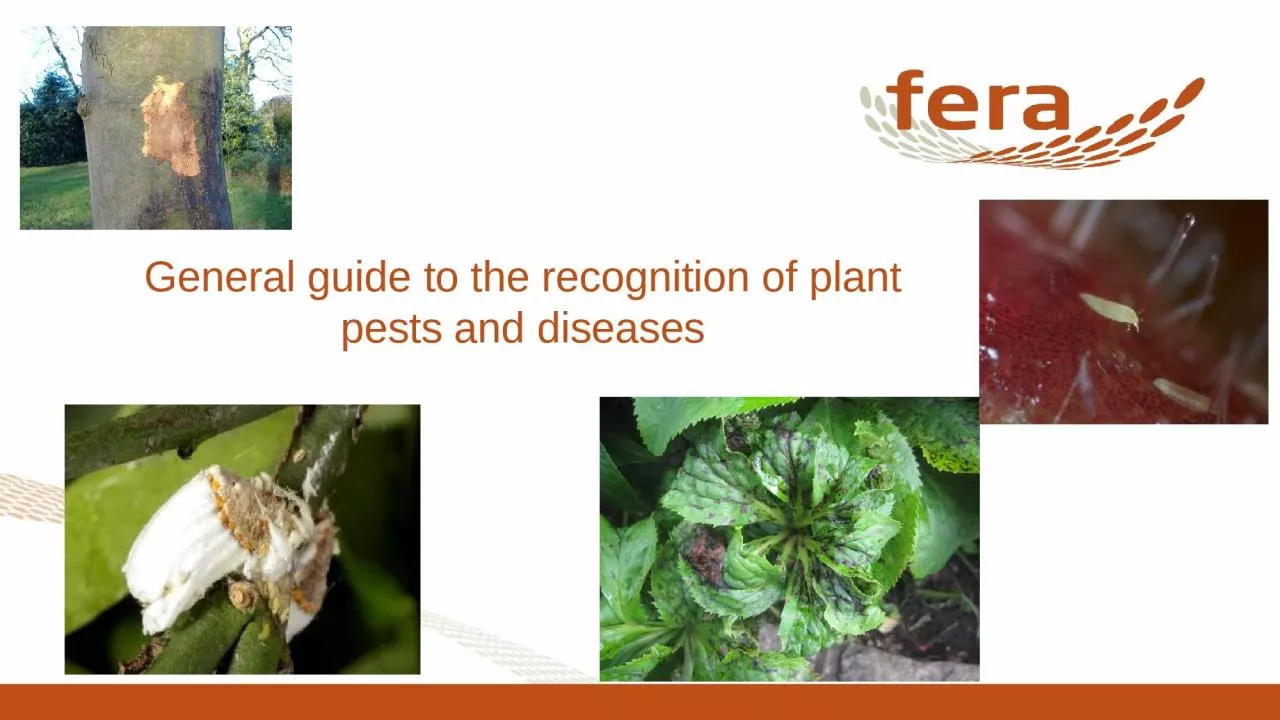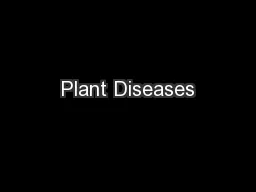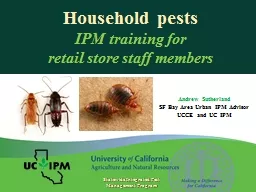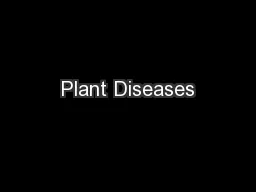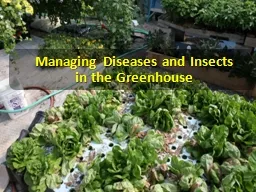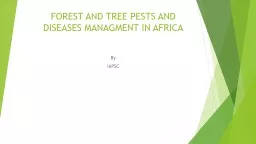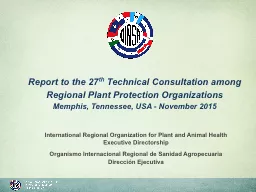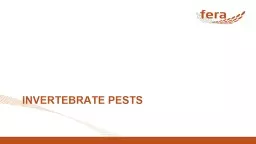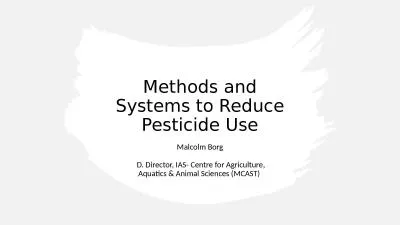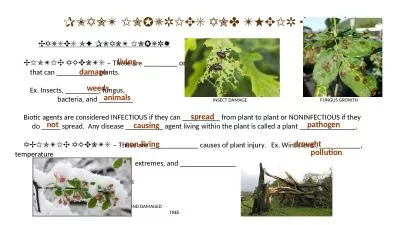PPT-General guide to the recognition of plant pests and diseases
Author : WheresMyPizza | Published Date : 2022-08-01
Aim of the presentation To provide an overview of the types of pest and disease that cause damage on plants and produce To demonstrate the types of symptoms that
Presentation Embed Code
Download Presentation
Download Presentation The PPT/PDF document "General guide to the recognition of plan..." is the property of its rightful owner. Permission is granted to download and print the materials on this website for personal, non-commercial use only, and to display it on your personal computer provided you do not modify the materials and that you retain all copyright notices contained in the materials. By downloading content from our website, you accept the terms of this agreement.
General guide to the recognition of plant pests and diseases: Transcript
Download Rules Of Document
"General guide to the recognition of plant pests and diseases"The content belongs to its owner. You may download and print it for personal use, without modification, and keep all copyright notices. By downloading, you agree to these terms.
Related Documents

